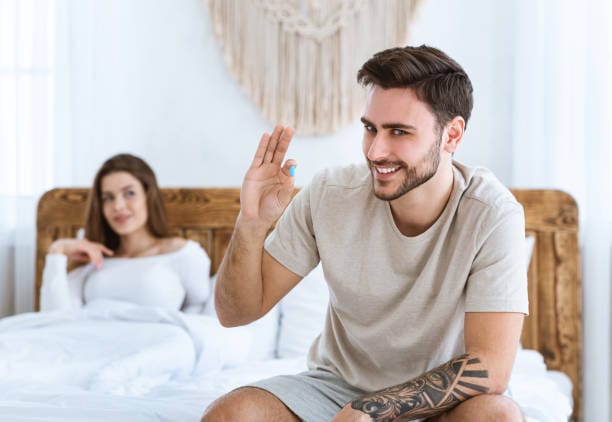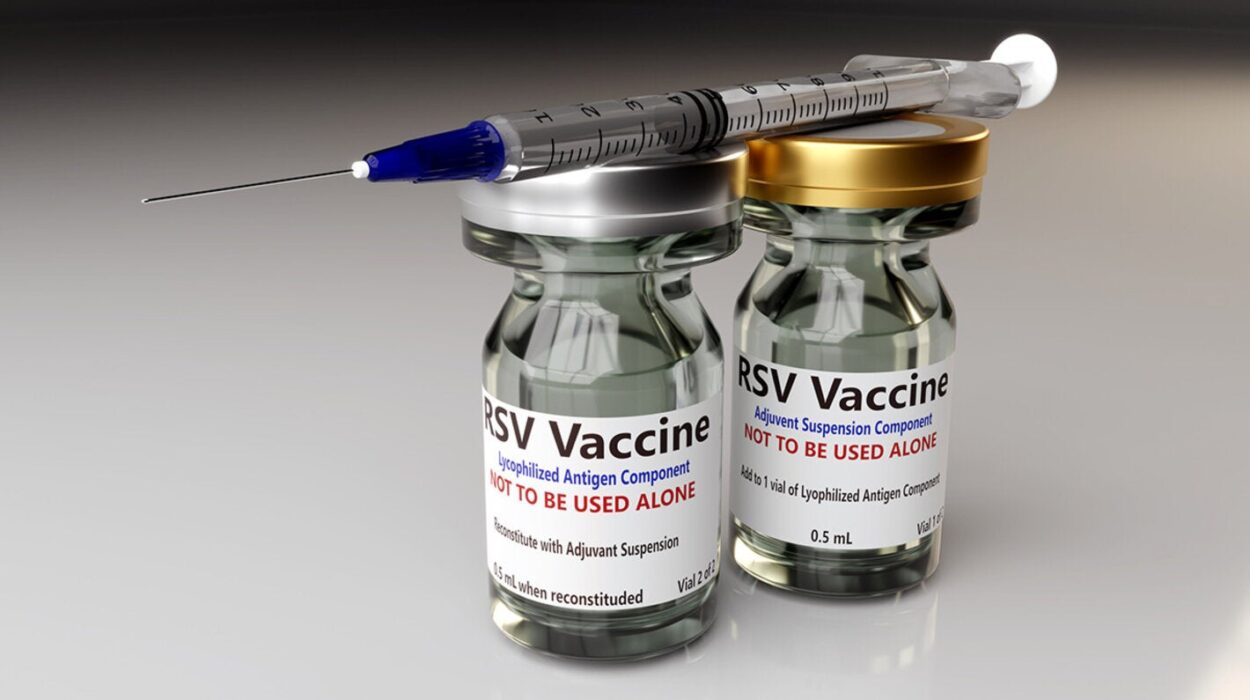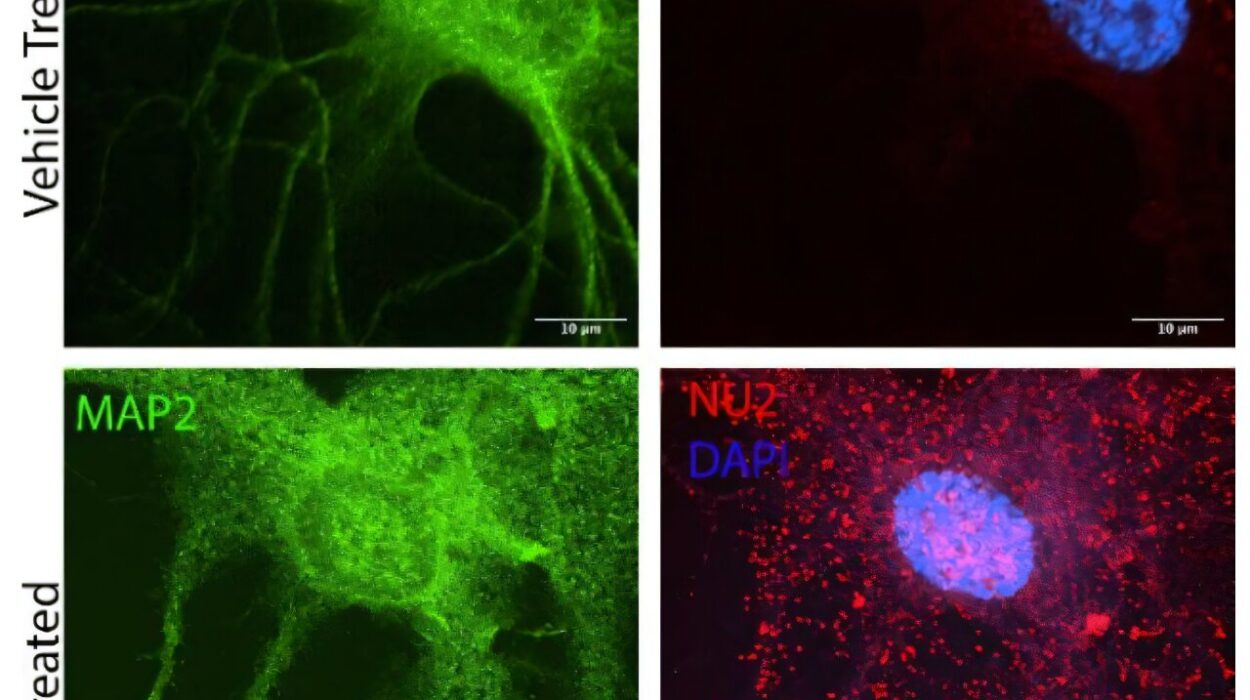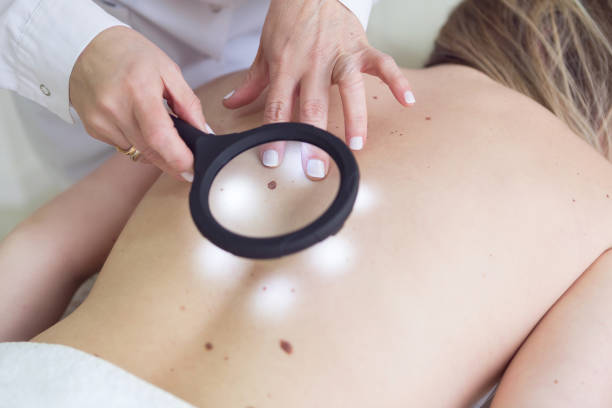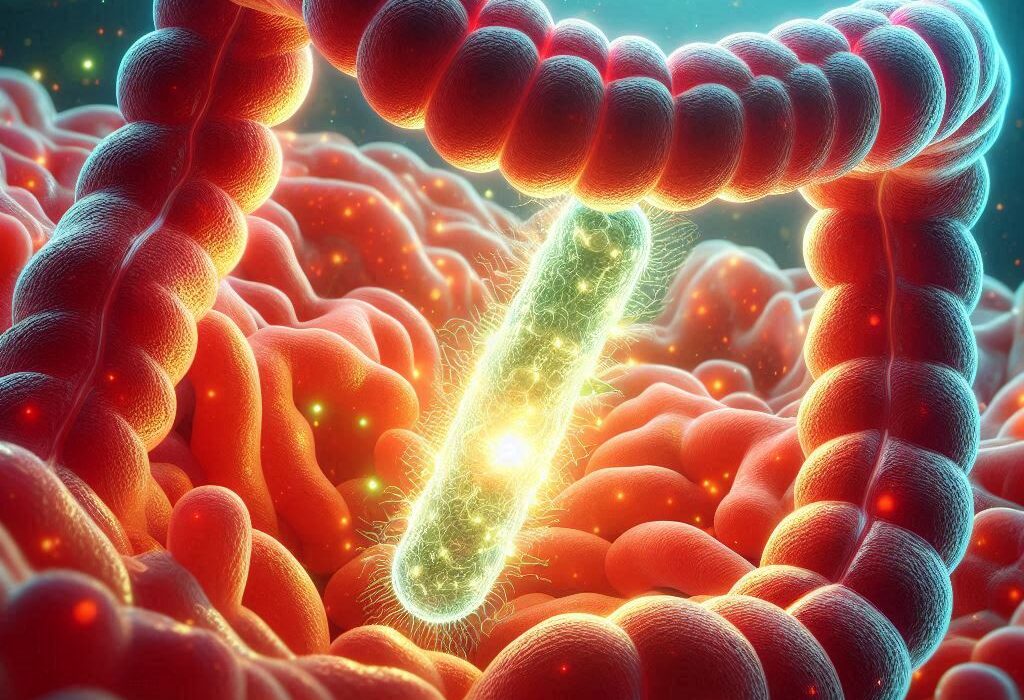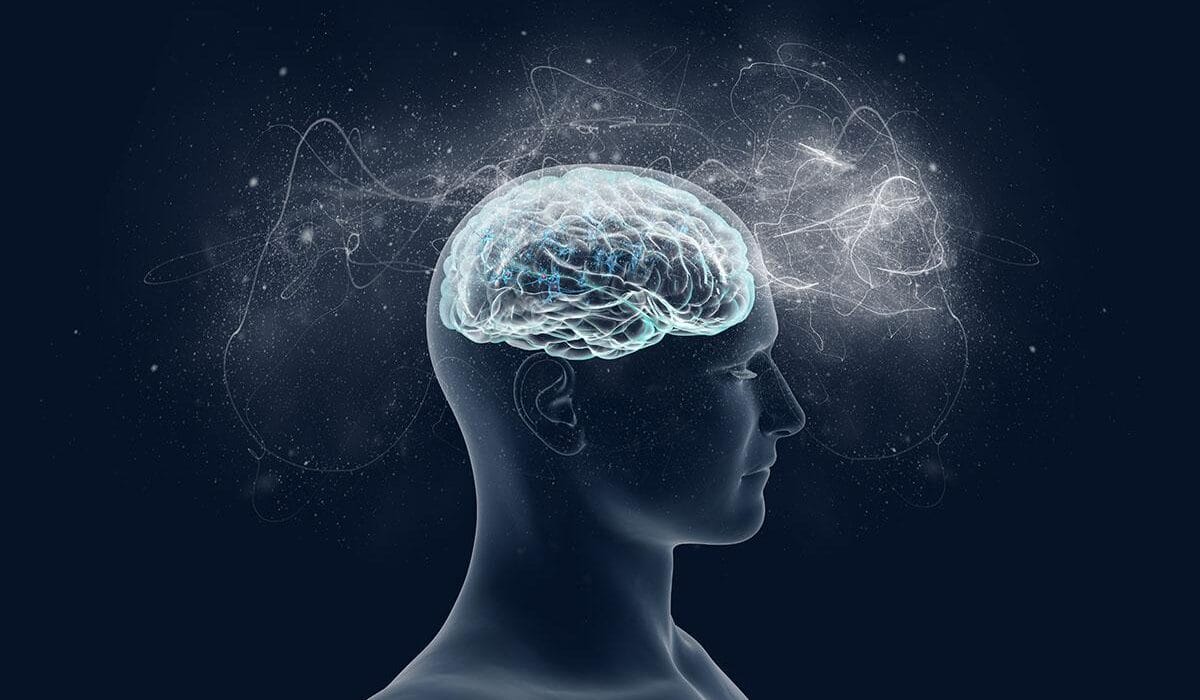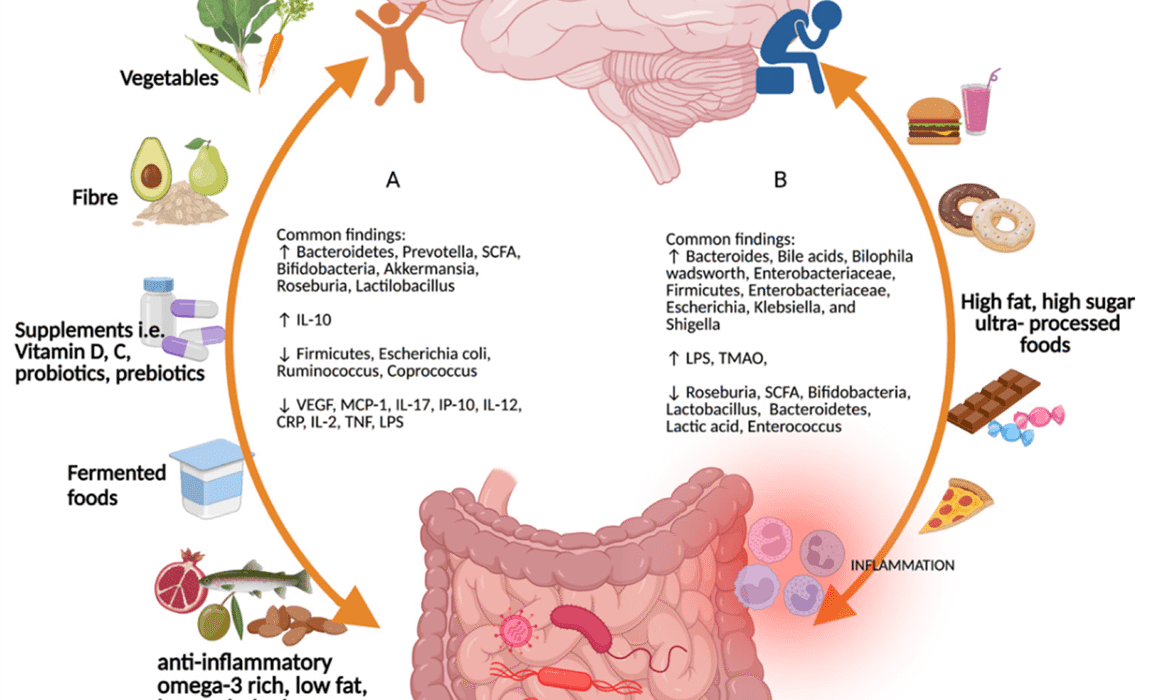Some questions are whispered in late-night conversations, typed hesitantly into search bars, or thought about in moments of quiet self-reflection. One of the most common is this: “Is my libido normal?” It’s a deeply personal question, touching on our sense of identity, our relationships, and even our self-worth. Sexual desire—the pulse of wanting, the pull toward intimacy—is a part of human nature, yet it remains clouded by shame, confusion, and unrealistic cultural expectations.
Many people live with the nagging worry that something is “off” with them. They wonder why their sex drive seems too high, too low, or simply inconsistent. But the truth is far richer and more compassionate than we’ve often been led to believe: libido is not a fixed number or a universal standard. It’s a living, breathing reflection of our physical health, emotional well-being, and life circumstances.
To understand libido is to understand more about ourselves—not just our bodies, but our emotions, relationships, and values. And to learn how to nurture it is not merely to “fix” something, but to care for one of the most vital expressions of being alive.
What Libido Really Means
The word “libido” comes from Latin, meaning “desire” or “lust,” but in everyday life, it refers to sexual desire—the internal drive to engage in sexual activity or erotic experiences. Libido is not the same as sexual performance, nor is it purely about physical attraction. It’s an interplay between biology, psychology, and the environment.
On a biological level, libido is influenced by hormones, brain chemistry, nerve pathways, and blood flow. On a psychological level, it’s shaped by our emotional state, our mental health, our sense of safety, and our relationship dynamics. And on a social level, culture, upbringing, religion, and personal beliefs all play a role in how we experience and express desire.
No two people have identical libidos. Some people feel sexual desire daily, even multiple times a day, while others experience it rarely or only in specific contexts. The idea of a “normal” libido, when reduced to numbers, is misleading—what’s normal is what’s healthy and fulfilling for you, given your life stage, physical health, and relationship context.
The Myth of a Universal Standard
Popular media often portrays a narrow version of sexual desire: young, spontaneous, intense, and ever-present. Movies and television give us characters who seem to be ready for intimacy at all times, their passion instant and effortless. This portrayal creates a silent pressure, making people feel that if they’re not constantly “in the mood,” something must be wrong.
But real-life desire is far more complex. Libido fluctuates naturally over the course of a lifetime and can change even within a single week. Stress, fatigue, medical conditions, hormonal changes, emotional connection, and even the weather can affect it. For example, a young adult in a new relationship might experience intense, frequent desire, while a new parent adjusting to sleepless nights may find their libido lower. Neither scenario is abnormal; both are part of the natural ebb and flow of human sexuality.
When we recognize that libido is fluid, we can release the pressure of constant performance and instead focus on understanding what nourishes our sexual well-being.
The Role of Hormones in Desire
One of the most direct biological influences on libido is hormonal balance. For men, testosterone plays a key role in sexual desire, though it’s far from the only factor. For women, estrogen, progesterone, and testosterone all contribute to sexual interest, lubrication, and arousal.
Hormonal fluctuations are especially noticeable in certain life stages. Puberty often brings a surge of desire, while menopause and andropause can bring changes in frequency and intensity. Monthly hormonal cycles, pregnancy, postpartum recovery, and changes from contraceptive use can all influence desire patterns.
Even small hormonal shifts—caused by diet, exercise, sleep, or medical conditions—can subtly affect libido. This is why self-judgment often misses the bigger picture: a decrease in sexual desire is not always a sign of disinterest in a partner or a “problem” in personality. It might be a natural biological rhythm or a signal that your body needs care.
The Mind–Body Connection
Our brains are the largest sex organs we have. Desire begins in the mind, often long before the body reacts physically. Sexual thoughts, fantasies, and emotional intimacy can trigger a cascade of neurological and hormonal signals that prepare the body for arousal.
This means that mental health is deeply tied to libido. Depression, anxiety, trauma, and chronic stress can all reduce sexual desire, even if hormones and physical health are otherwise normal. When the brain is in “survival mode,” prioritizing safety over pleasure, libido can temporarily fade.
Conversely, feeling emotionally safe, valued, and connected can amplify desire. Intimacy, trust, and emotional closeness create a fertile ground for sexual energy to grow. This is why some people find their libido soaring in loving, secure relationships—and others may struggle if emotional bonds feel weak or strained.
How Stress Silences Desire
Stress is one of the most common libido disruptors. When the body senses danger—whether from a looming deadline, financial pressure, or unresolved conflict—it diverts resources away from pleasure toward survival functions. Cortisol, the primary stress hormone, can interfere with sex hormones and dampen arousal.
In modern life, where stress can be constant and low-grade, this effect can be long-lasting. It’s not unusual for someone under prolonged stress to feel a sharp drop in sexual desire. This is not a reflection of moral failing or loss of love—it’s a biological prioritization of survival over reproduction.
Understanding this can be freeing. Rather than blaming oneself or a partner, recognizing stress as the culprit can open the door to solutions—such as relaxation techniques, improved communication, and lifestyle adjustments—that allow desire to return naturally.
Libido in Long-Term Relationships
One of the most common misconceptions is that sexual desire should remain constant throughout a long-term relationship. The early “honeymoon” phase of intense, spontaneous desire is driven in part by novelty and the dopamine rush of new love. Over time, the brain shifts toward stability and security, and desire often becomes less urgent but potentially more profound.
This shift does not mean passion is doomed to fade. Instead, it’s an invitation to cultivate eroticism intentionally. Shared experiences, emotional intimacy, and playfulness can help maintain a satisfying sex life even after years together. Many couples find that while the frequency of sex may decrease, the depth of connection and pleasure can actually grow.
When Low Libido Becomes Concerning
While fluctuations in libido are normal, a sudden or prolonged loss of desire—especially if it causes distress—may signal an underlying issue. Medical conditions such as thyroid disorders, diabetes, cardiovascular disease, and chronic pain can all affect sexual interest. Medications, particularly antidepressants and hormonal treatments, can also impact libido.
In such cases, the goal is not to “force” desire but to address the root cause. Consulting a healthcare provider, being honest with a partner, and seeking professional help can lead to both physical and emotional relief.
Boosting Libido Through Self-Care
Supporting a healthy libido often means supporting overall health. Good sleep, regular physical activity, balanced nutrition, and stress management are all foundational. But sexual energy is also fueled by pleasure in non-sexual areas of life. Creativity, play, adventure, and emotional fulfillment can all make the mind more receptive to desire.
Some people benefit from exploring new forms of intimacy, such as sensual touch without the pressure of intercourse, shared fantasies, or new settings that spark curiosity. For others, therapy—whether individual, couples, or sex therapy—can help untangle emotional or relational barriers to desire.
Letting Go of Judgment
Perhaps the most liberating truth about libido is that there is no universal “right” level. What matters is whether your sexual desire feels aligned with your needs, values, and relationships. For some, a high libido is joyful and empowering; for others, a low or fluctuating libido feels natural and satisfying.
Judging oneself—or a partner—against imagined norms can create unnecessary tension. When we shift from judgment to curiosity, libido becomes not a test we pass or fail, but a signal from our body and mind about what we need in the moment.
The Beauty of Sexual Diversity
Human sexuality is as diverse as humanity itself. Across cultures and individuals, libido expresses itself in countless ways: sometimes in bursts, sometimes in long, quiet stretches, sometimes tied to romance, and sometimes existing entirely apart from it.
By embracing this diversity, we make room for our own authentic rhythms. The question “Is my libido normal?” transforms into a deeper, more compassionate one: “Am I living in alignment with my desires and needs?” That question invites exploration, honesty, and, ultimately, self-acceptance.
A Lifelong Conversation
Libido is not a static trait; it evolves with us. Illness, recovery, childbirth, loss, growth, and personal discovery all leave their marks on our sexual selves. Approaching libido as an ongoing conversation—rather than a fixed measure—allows us to adapt gracefully to its changes.
At its core, libido is not just about sex. It’s about vitality, connection, and the willingness to be present in our own lives. When we nurture it with kindness and curiosity, it becomes less about living up to a standard and more about fully inhabiting who we are.
